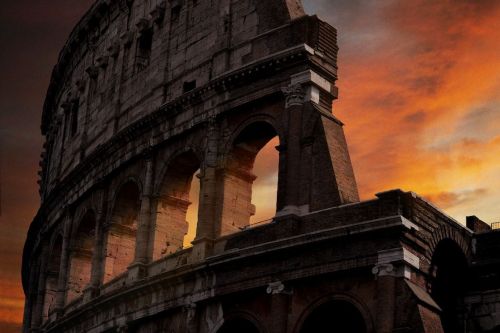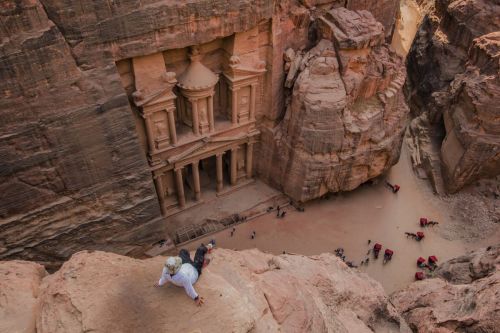24 facts about Crete
The history of Crete goes back thousands of years, and its continuity, as the Greeks say, lies in nature. At every turn, there are traces of the past. ...
Antipater was a Greek poet. He lived in the second half of 2nd century BC. Cicero mentioned that he was a "brilliant epigrammist, sometimes too fond of imitation."
The temple's description comes out in Antipater's poem from around 140 BC.












